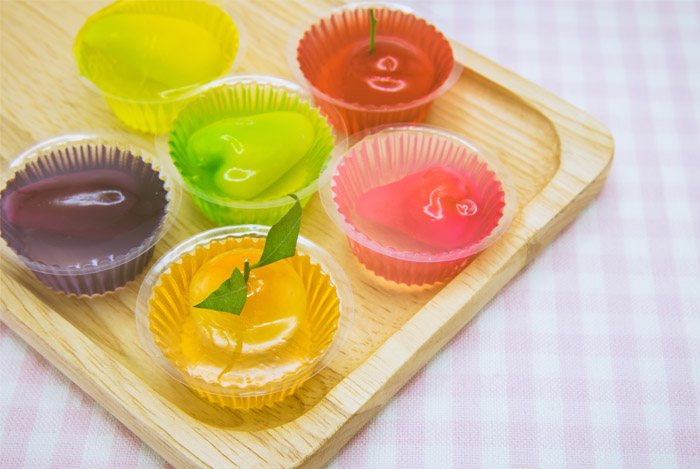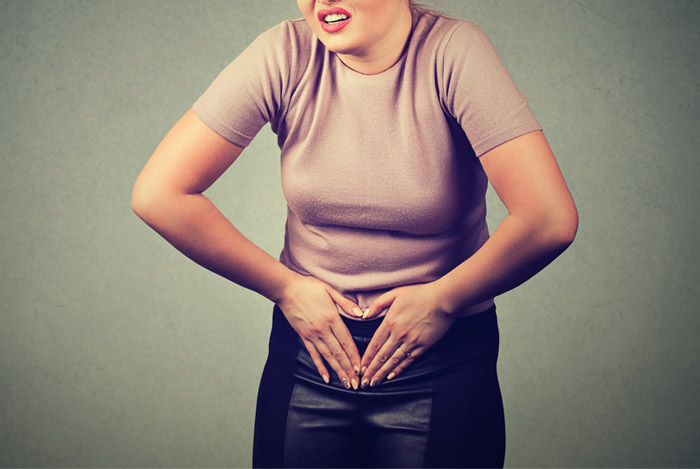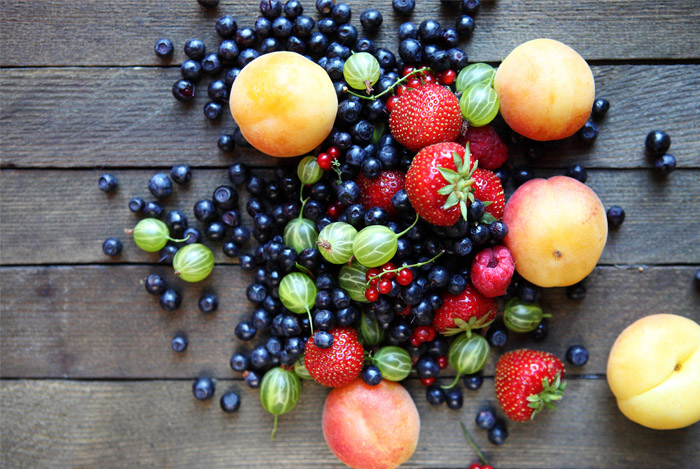A few years ago, an ingredient in food (and other products which we’ll get to in a minute) known as carrageenan basically became the new gluten and sugar of modern day life. Everyone is terrified of carrageenan food products now because there were a couple of studies that showed rats developed cancer after consuming large amounts of food products that contained carrageenan.
So, what is carrageenan?

Carrageenan is a natural emulsifier made from red seaweed and is used in food products to add thickness and viscosity to the final product just like cornstarch, tapioca, cellulose, xanthan gum, guar gum and other similar emulsifiers are that you will find in processed foods on the market. Carrageenan has been used since the 1800’s for food production, and authorities around the world including the United States, Europe, China, Japan, and Brazil have found carrageenan safe for use in food.
Here’s a fun fact: Carrageenan can actually be extracted from seaweed in any home kitchen. The process involves simply cooking seaweed with a little salt, adding a bit of alcohol and then mixing it in a household blender to release the natural carrageenan.
Where is Carrageenan Found?

The additive shows up in everything from non-dairy milk to regular dairy products, to ice cream, frozen desserts, and other shelf-stable products. You’ll even see carrageenan in makeup, dental products like toothpaste, pet food, and a host of other household items.
But does the fact that it comes from seaweed and is found in common household and food items make it safe?
In short, no, but the answers aren’t black and white like they may appear in the media.
Here are some details about carrageenan you should know:

Back in 2001, studies performed on rats concluded that when the mice were fed large amounts of carrageenan, tumors formed and proliferated in the rats that led to cancer. This led to a huge fear of carrageenan and more people became aware of the additive in their own diets.
Companies began removing products from their line that included carrageenan and reformulating many of them to be carrageenan-free as a result. You may have seen your own favorite brand of non-dairy milk state “Carrageenan-Free” due to this widespread phenomenon.
Later, carrageenan and other stabilizers and emulsifiers such as xanthan and guar gum were found to contribute to gastrointestinal distress in humans which has also led many people to avoid these additives in their food.
So, if carrageenan has been approved safe to use through various trials and studies on humans, and it has been used for hundreds of years without a problem until now, how do you know if you should avoid it, and why are so many companies now removing it?
Here are some things you may want to consider when deciding if you should go carrageenan-free:

If you suffer from digestive issues of any kind, stay away from gums and stabilizers including carrageenan, and stick to eating whole foods as much as possible. When purchasing store-bought products like non-dairy milk, choose those without carrageenan if you desire to, or test out different brands to see how they affect you.
You can also check labels on household items like toothpaste and makeup products that contain carrageenan if you desire, however, these are less likely to cause digestive problems for you as much as foods containing carrageenan may.
When it comes to cancer, remember that the whole package of the food is what counts. One food does not directly lead to cancer in most cases; it’s a wide consumption of unhealthy, overly processed foods that has a greater risk of doing so.
The Bigger Picture to Consider:

While natural (unprocessed) foods are optimal—think fresh fruits, veggies, and natural whole grains—the truth is that most of us use some processed foods daily. That’s why it’s important to eat as much real food as possible and use your best discretion with the rest. Non-dairy milk, store-bought plain yogurt, baking ingredients, high-quality protein powders, and other slightly processed foods may not all contain carrageenan, but they are still processed to some degree and can provide use and benefits in a healthy diet.
Here are three tips to help you choose healthy foods at the store when purchasing shelf-stable products that may or not contain carrageenan or other similar additives:
- The first five ingredients you see on a product should be ingredients that you recognize because ingredients on food labels are listed in order of how much they are used in that product, so the first ingredient on a food list is used more abundantly in that product that the 2nd, 3rd or 4th ingredient.
- Avoid products with the following: refined sugar, hydrogenated ____ oil, or any type of food dye like Red 40 which have all been consistently linked to health issues throughout science.
- When it comes to additives such as carrageenan, cornstarch, cellulose, xanthan gum, guar gum or tapioca, keep in mind these are all made from whole foods but may still cause digestive issues for you, so use your own discretion and make the best choice for you and your family.
Remember, your health is one whole package and not determined by one single ingredient or the avoidance of one single ingredient. If you feel carrageenan causes problems for you, then avoid it. If you tolerate it fine, use your discretion and limit how much you consume just to be safe.
Fill up your diet with healthy, whole foods to avoid common health issues and let the rest be up for decision based on your research and experience.
The post Should You Go Carrageenan-Free? Here’s What to Consider About the Popular Food Additive appeared first on Nutrition Secrets.
http://www.nutritionsecrets.com/should-you-go-carrageenan-free-heres-what-to-consider-about-the-popular-food-additive/
No comments:
Post a Comment